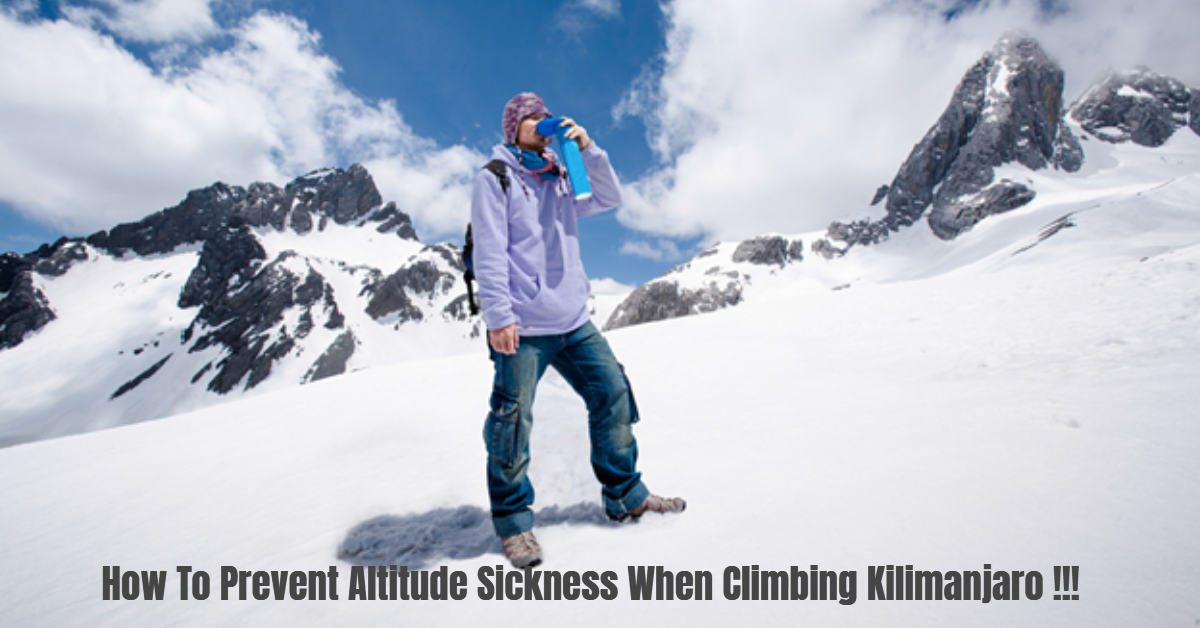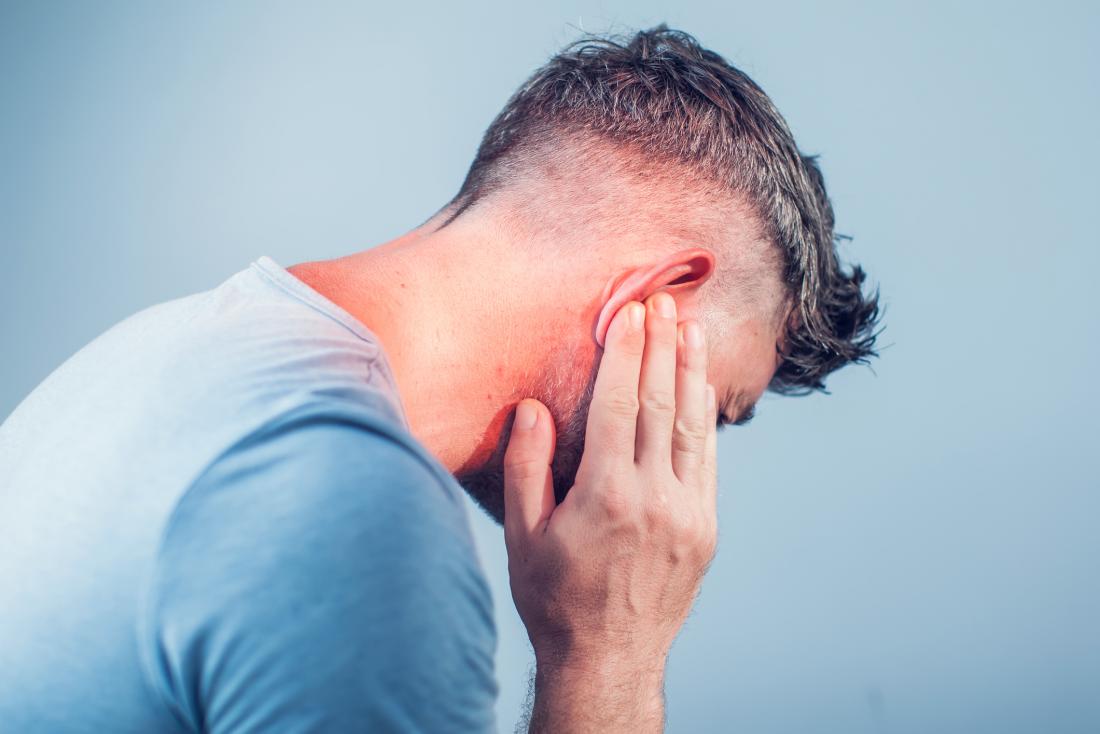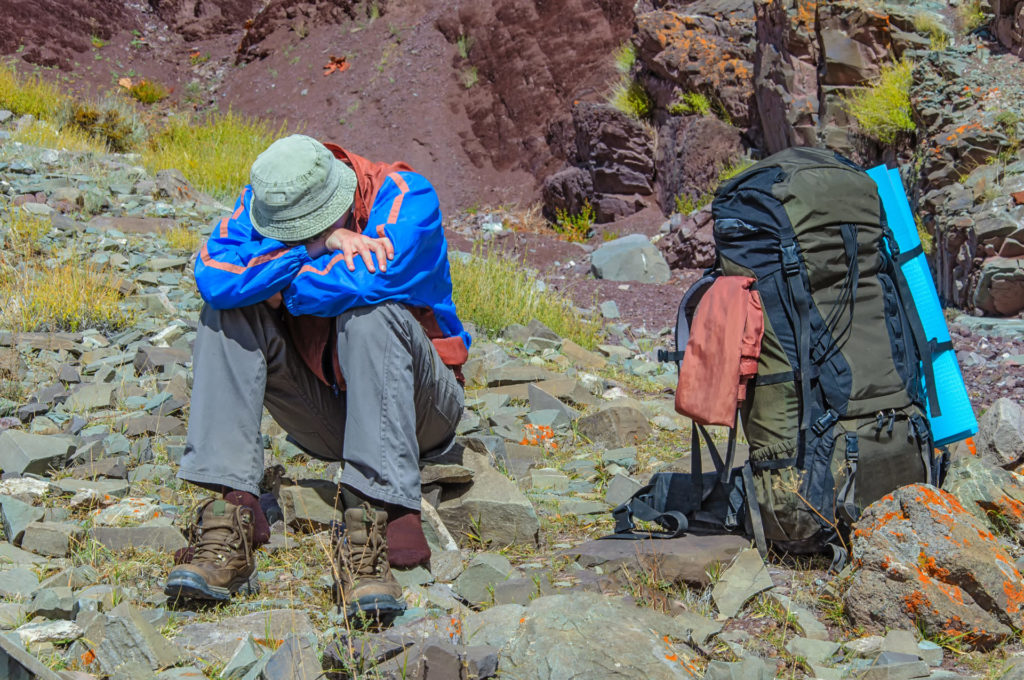Mount Kilimanjaro Climbing – Be Prepared For The Lifetime Adventure With Kilisa Tours
“Not ready to start yet?”
“Schedule a quick, 15-minute call with an expert tour operator to get ideas on where to go and how long to spend in each place.”

Acclimatization time is an important thing to avoid Kilimanjaro Altitude Sickness when Climbing Mount Kilimanjaro, the charges by the national park per day left the choice for choosing the shorter itinerary from the tour operators.
The only benefit you will get on choosing shorter itineraries is moderate price while, it can ruin the invested money and time for the planning. While the hikers who are choosing the long itineraries are facing mild altitude sickness, there is no doubt that taking shorter itineraries can devastate the situation. If you have any chronic illness, consulting the doctor before climbing Kilimanjaro for the possibility of AMS, will be very helpful.
Towering with a height of 5895m, Mount Kilimanjaro is known as the “roof of Africa” and the highest freestanding mountain of the world. Though Climbing Mount Kilimanjaro is an easy hike in case of accessibility, altitude sickness is the major reason behind the failures.
The five different ecological zones with a diverse climate make it more challenging for hikers. To reach at Uhuru, the summit point, there are eight Kilimanjaro Routes with different acclimatization profile.
Some facts, precautions, treatment, and prevention are discussed in this Climb Kilimanjaro Guide you should consider before going for the hiking on Mt. Kilimanjaro.

Kilimanjaro Altitude Sickness or Acute Mountain Sickness (AMS) normally occurs when our body is not able to accustom with a lower intake of oxygen at high altitudes. At sea level, there is 21% oxygen in the atmosphere.
When you climb higher, the atmospheric pressure decreases where the amount of oxygen remains the same. Due to reduced atmospheric pressure, the air gets thinner and molecules of oxygen spread.
So, the intake of oxygen per breath is reduced which is around 40% fewer oxygen molecules per breath at 3600m. Though our body generates more blood cells to carry oxygen, it fails to adapt to the lower intake of oxygen level.
Altitude sickness can affect anyone regardless of age, sex, or physical fitness. As it is a natural thing, altitude sickness can’t be totally eliminated.

At an altitude of 3000m of Kilimanjaro, more than 75% of hikers face mild acute mountain sickness. Various factors that influence altitude sickness during Climbing Mount Kilimanjaro are the rate of ascent, physiological susceptibility, acclimatization, and others.
Rate Of Ascent:
It has seen that there are 58% of people who had affected by acute mountain sickness only because of rapid ascent or faster rate of ascent. Ascending quickly up to higher elevation increased the respiration rate for more oxygen. The result of less oxygen intake due to thinner air creates severe Kilimanjaro Altitude Sickness.
Altitude Attained
Generally, the climbers feel the symptoms of high altitude in between 2500m to 3000m. Attaining altitude above 2800m in 2 days develops acute mountain sickness. So, it is preferred to take more than 2 days for attaining 2800m to minimize the possibility of altitude sickness.
Length of exposure
Directly or indirectly, Kilimanjaro Routes play an important role in altitude sickness by providing the length of exposure for the summit. Generally, it takes 6 to 9 days for the summit on any route. More length of exposure gives more time to acclimatization.
Level Of Exertion
During Climbing Mount Kilimanjaro, the level of exertion increases or decreases depending upon the physical activity including heart rate, respiration rate, sweating and muscular fatigue. Increased or high level of exertion needs more oxygen.
Hydration And Diet
Fluid intake and diet also are the major factors for altitude illness. In hiking, our body lost electrolytes due to sweating, and electrolytes are well known for the cell and muscle functions of the body. So keep hydrate yourself. Proper intake of nutritional food can help to resist again symptoms of high altitude.
To avoid exhaustion calcium, and vitamin D are helpful as these are best for increasing bone density and reduction of muscle cramps in trekking.
Inherent Physiological Susceptibility
More physiological susceptibility results in more chances to fall into the altitude illness. Chronic diseases like blood pressure, asthma, etc. can affect your body at high altitude. So, before going on hiking, consult your physician for the precaution and steps to avoid possible reasons of altitude sickness.
Use Of Oxygen Systems Or Drugs
Oxygen system is only used in case of emergency and using oxygen in mild sickness of altitude can put a negative effect on the respiratory system. Kilimanjaro Altitude Sickness Medication can help to avoid altitude sickness. Take Diamox as per the instructions of the doctor and shallow it completely. For pain and fever relief, use ibuprofen, naproxen, and aspirin.

Kilimanjaro Altitude Sickness is the common problem for Climbing Mount Kilimanjaro for Beginners as well as experienced hikers. The altitude sickness varies in different forms according to the level of severity it has affected to a particular person.
Altoxia is similar to mild altitude sickness is caused when the body failed to adapt quickly to the reduced level of oxygen in the air at high altitude. It can be experienced on the summit approach or occur earlier in a trek.
Headaches, light-headedness, nausea, loss of appetite, vomiting, and mild swelling of the face, ankles, and fingers are the symptoms of Altoxia and normally disappear in 48 hours.
The symptoms can be reduced by using ALTOX Personal Oxygen System or by taking Diamox and need immediate evacuation to lower altitudes.
It can take the form of Acute Mountain Sickness (AMS) if the symptoms of Altoxia become persistent or severe.
In High Altitude Pulmonary Edema, there is fluid leakage into the lung from the vessel occurs due to high blood pressure on the tightened blood vessels in the lung. The symptoms are high pulse, blue skins or lips, crackling sound in the chest, and coughing of pink sputum shows.
Immediate evacuation and use of Nifedipine can reduce the condition. It is also known as “Water in the lungs” in layman language.
In High Altitude Cerebral Edema, the cerebral blood flow makes fluid to leak. Due to cerebral endothelium, there is an increased permeability of cerebral endothelium which enhances the speed of cerebral blood flow. Known as “swelling of the brain”, it appears in a severe form of acute mountain sickness and the symptoms are disorientation, headache, hallucinations, lethargy, and nausea.
Immediate evacuation and use of Dexamethasone or Prednisolone and portable hyperbaric chamber can reduce the risk depending upon the intensity and severity of symptoms. Acetazolamide can also help by provoking metabolic acidosis which increases respiratory minute volume.

To prevent Kilimanjaro Altitude Sickness, there are many things you should avoid and take necessary steps for prevention.

“How To Avoid Altitude Sickness Kilimanjaro” is on the top of every Kilimanjaro FAQ’s. Though it is quite impossible to complete elimination of altitude sickness, there are some precautions or tips you should consider from your end to avoid these kinds of illnesses.
When you hike, you breathe more and the water level of your body decreases because of sweating. Water or fluid intake is also important as our body lost electrolytes due to sweating. The electrolyte is made up of sodium, potassium, chloride, and bicarbonate. Electrolytes are helpful for the cell and muscle functions of your body. We recommend you take 4 to 5 liters daily which is also helpful for blood circulation.
As loss of appetite is a symptom of altitude sickness, before going for a hike you need to eat plenty. To keep your energy level up, eat an orange, dark green, and red fruit and vegetables as these are rich sources of vitamins A & C.
Carbohydrates are important as they digest slowly and offer more energy. For carbohydrates, eat whole wheat pasta, whole wheat rice, brown bread, cereal, corn, barley, and oats. For enough protein or zinc, iron and magnesium, lean meat, fish, beans, lentils, nuts, seeds and tofu are most beneficial. Instead of meat, you can consume egg to digest properly.
To keep yourself warm in freezing temperature at high altitude, consider the layers on clothing. Layers like the insulation layer and outer layers are very important as these maintain your core body temperature by not letting it out. Right gears like sleeping bags can protect you from sub zero temperatures.
Take only necessary things in your backpack like camera, powerbank, solar powerbank, paper documents, toiletries, etc. Packing fewer things can make your shoulder relaxed and comfortable.
Don’t worry! There is nothing to fear about altitude sickness, as it can be reduced by taking some necessary plans and suitable routes with better acclimatization profile.
At Kilisa Tours & Safaris, you will get guides having decades of experience how to deal with Kilimanjaro Altitude Sickness.
As a native and reputable tour operator, Kilisa Tours provides excellent services with focusing more on the safety of customers while hiking. For safe and successful summit on Kilimanjaro, visit us @ kilisatours.com
Sign-up to get top travel tips, the coolest new videos and the best on the road stories straight to your Inbox. Plus You'll be the first to hear about our discounts and deals
Leave a comment